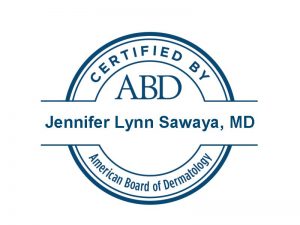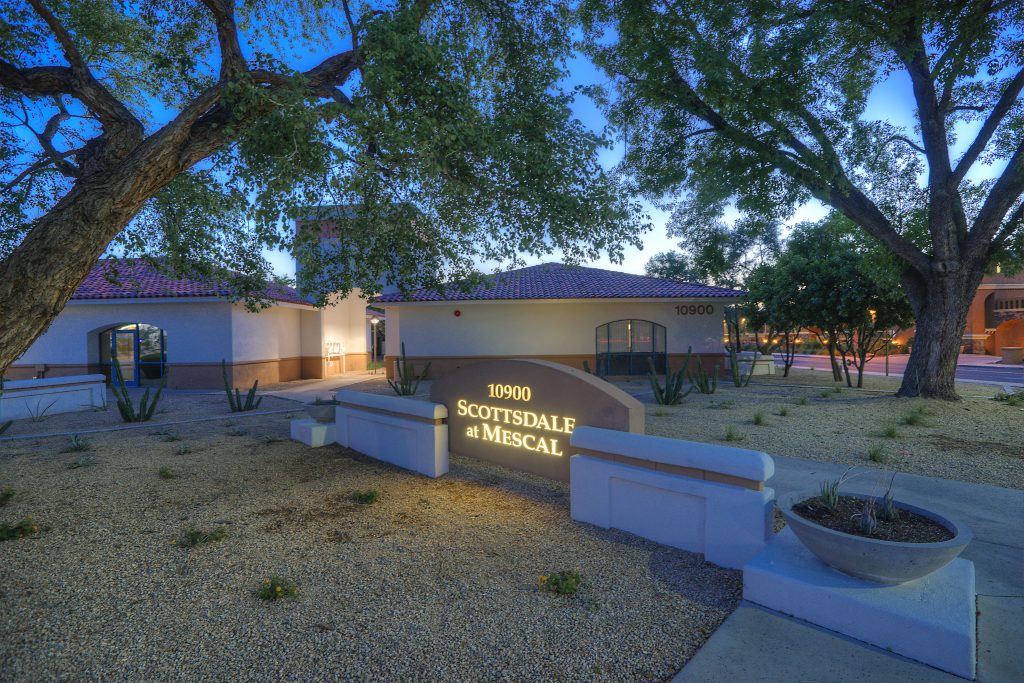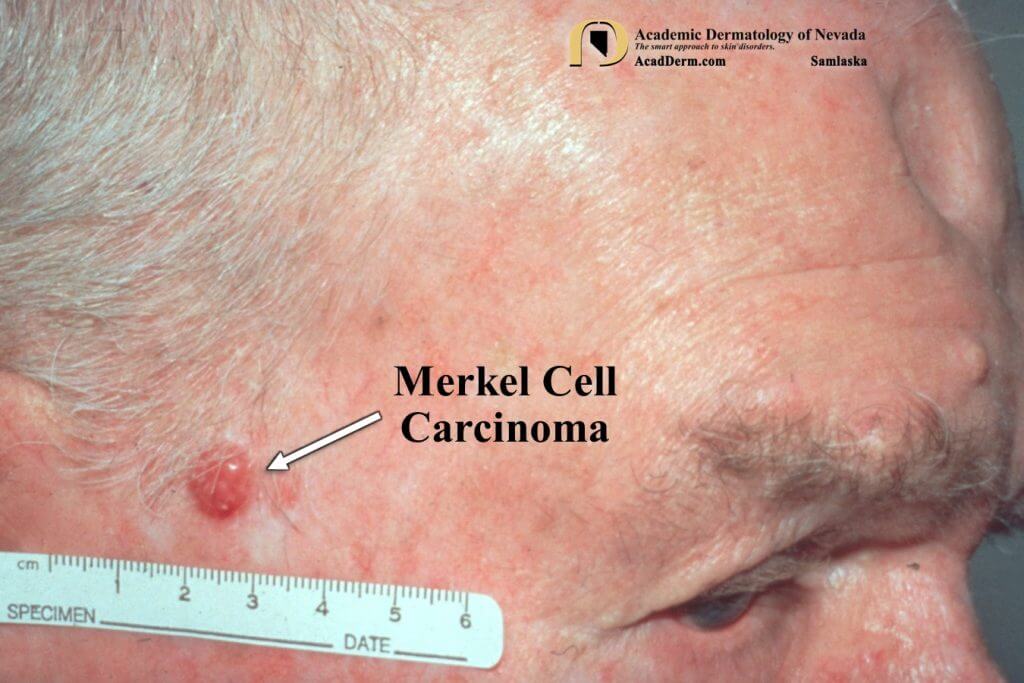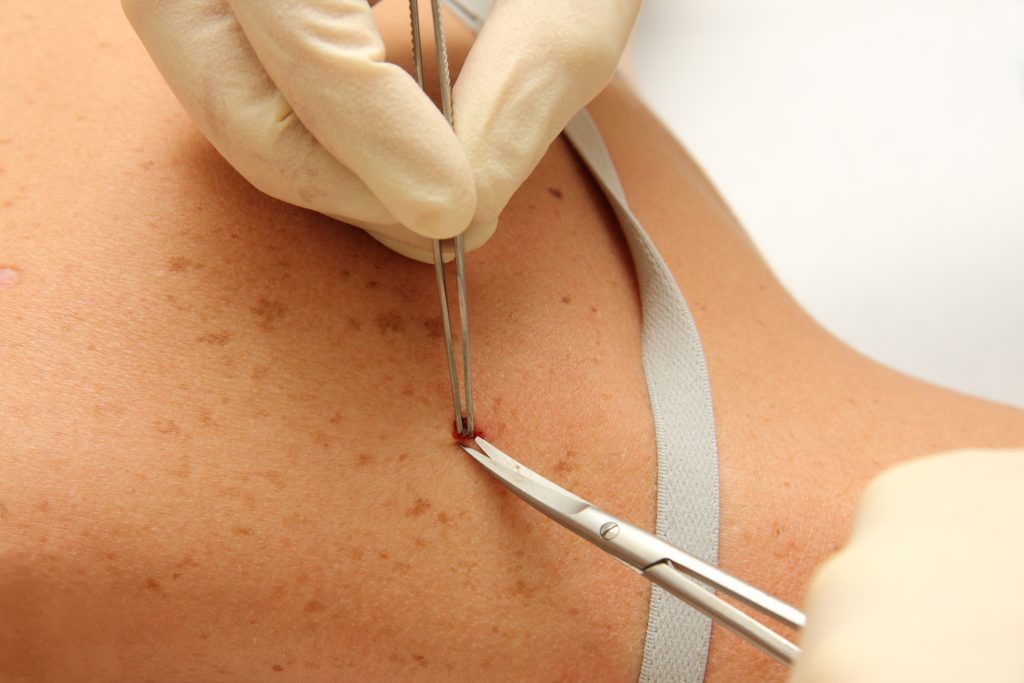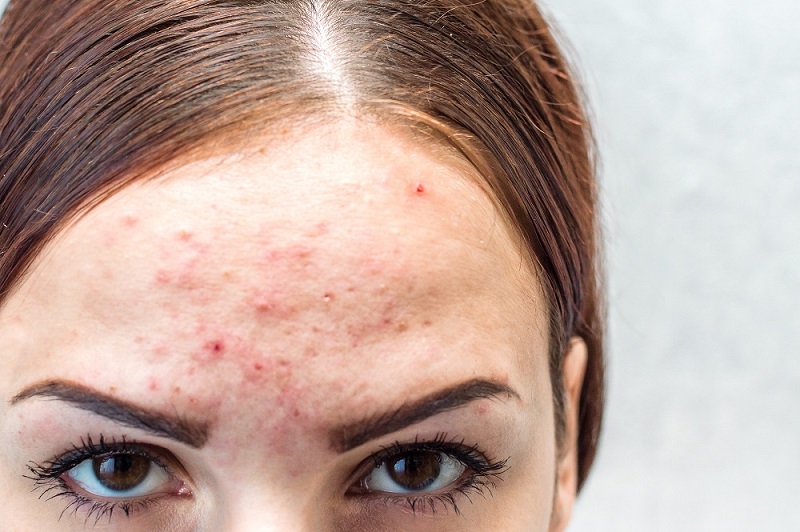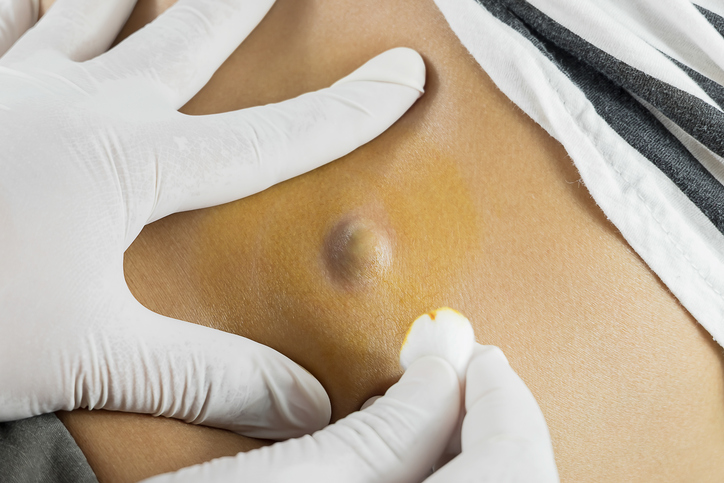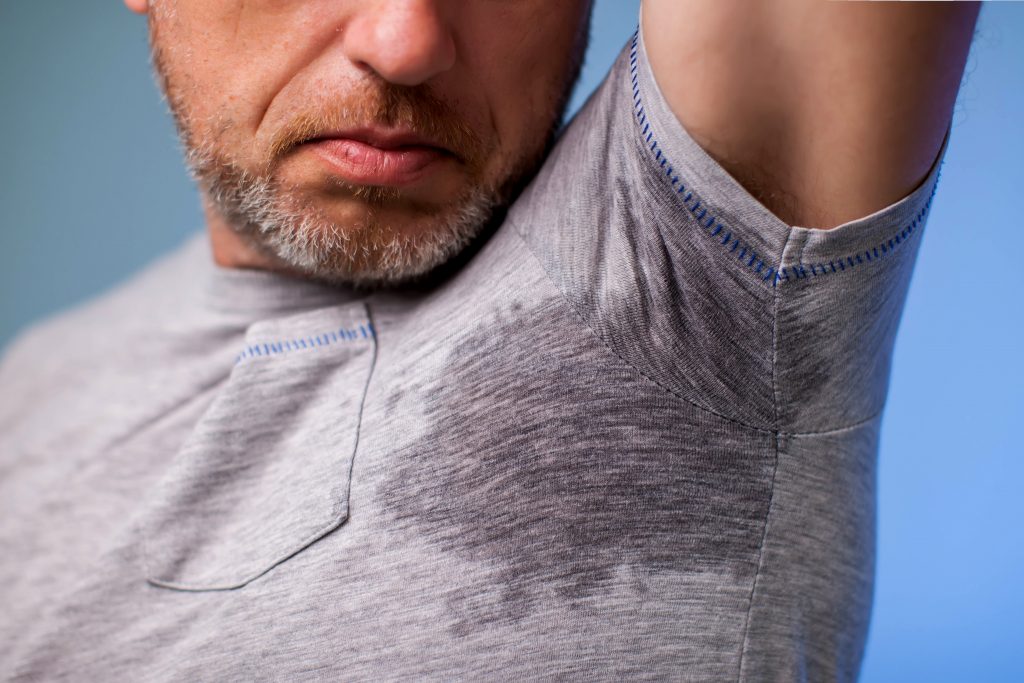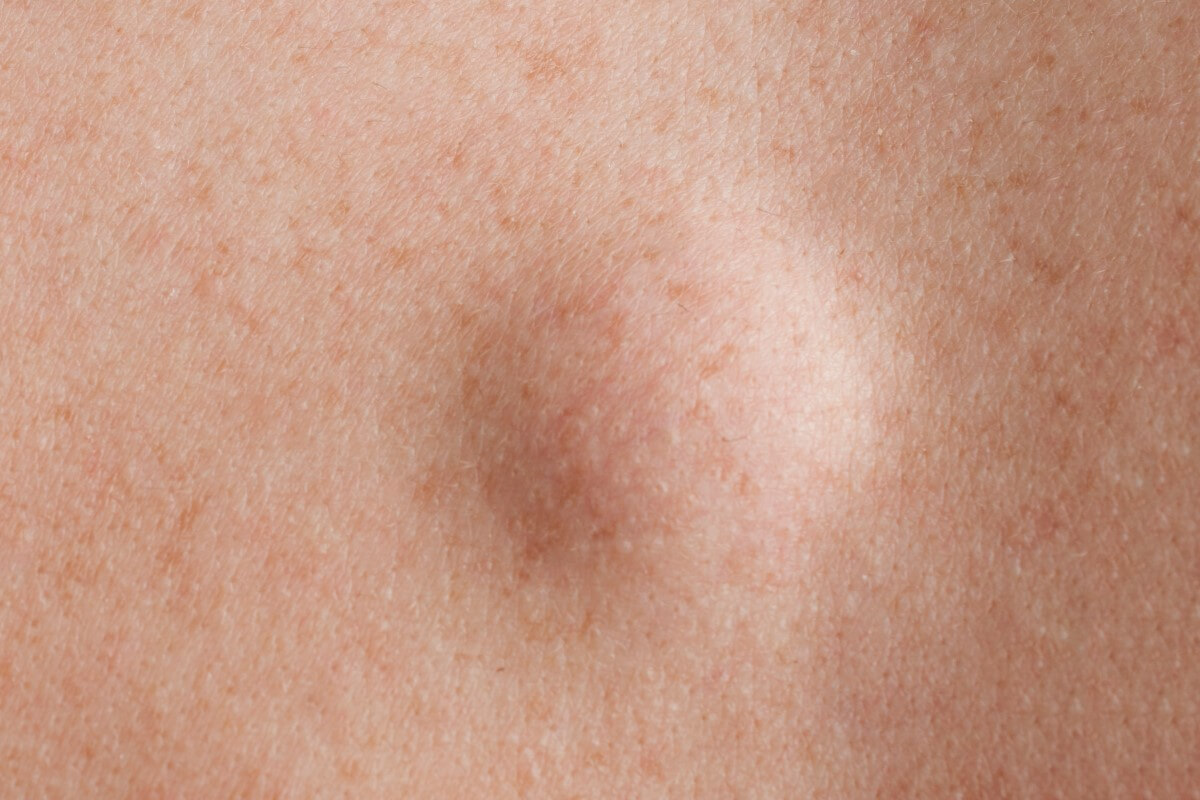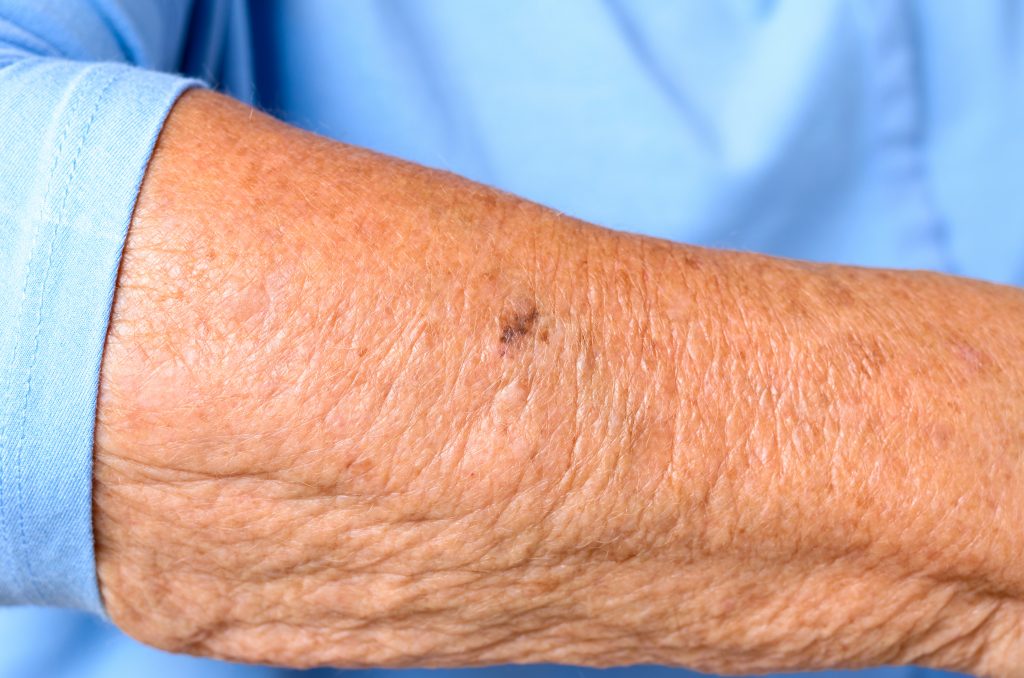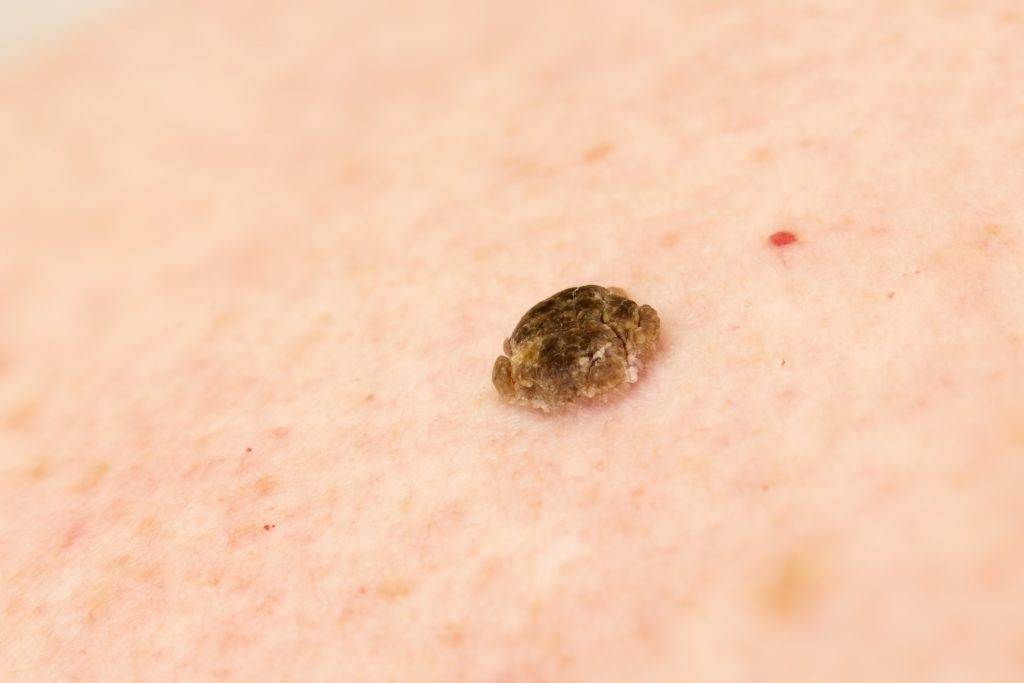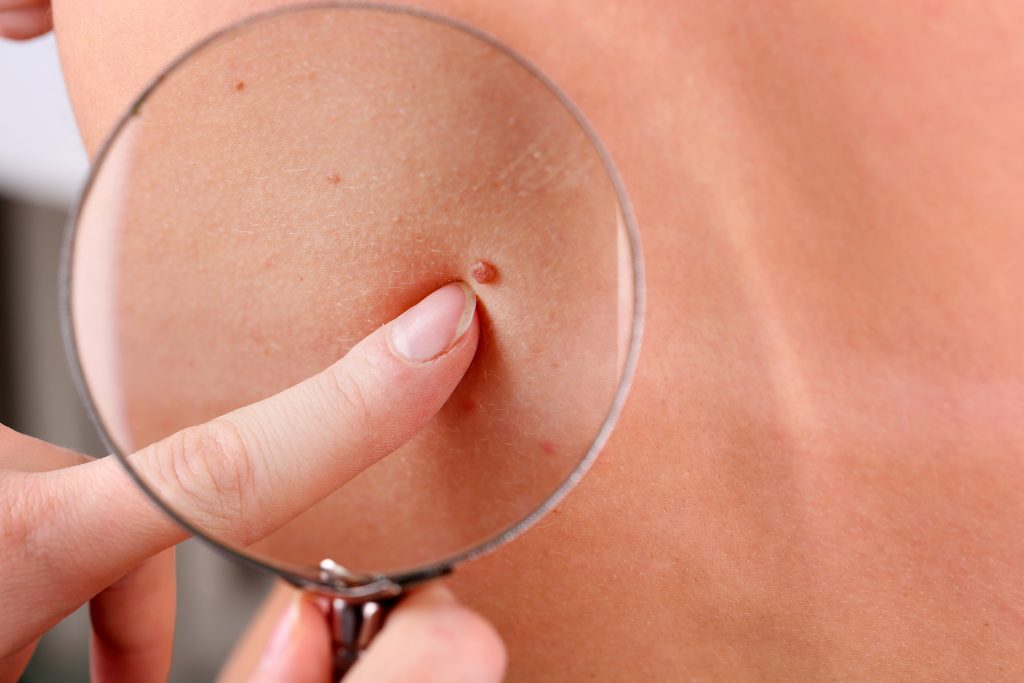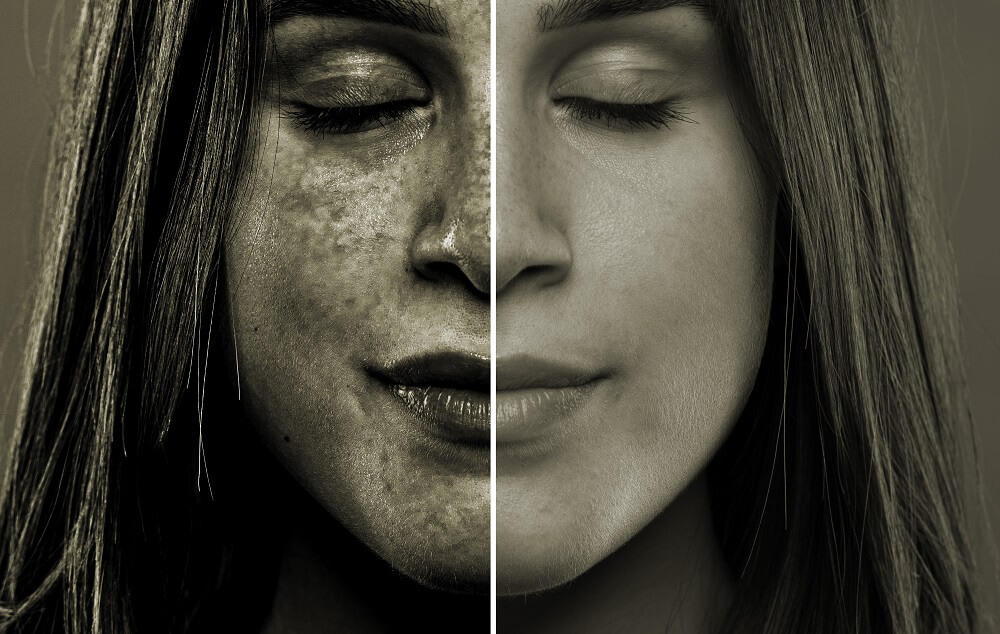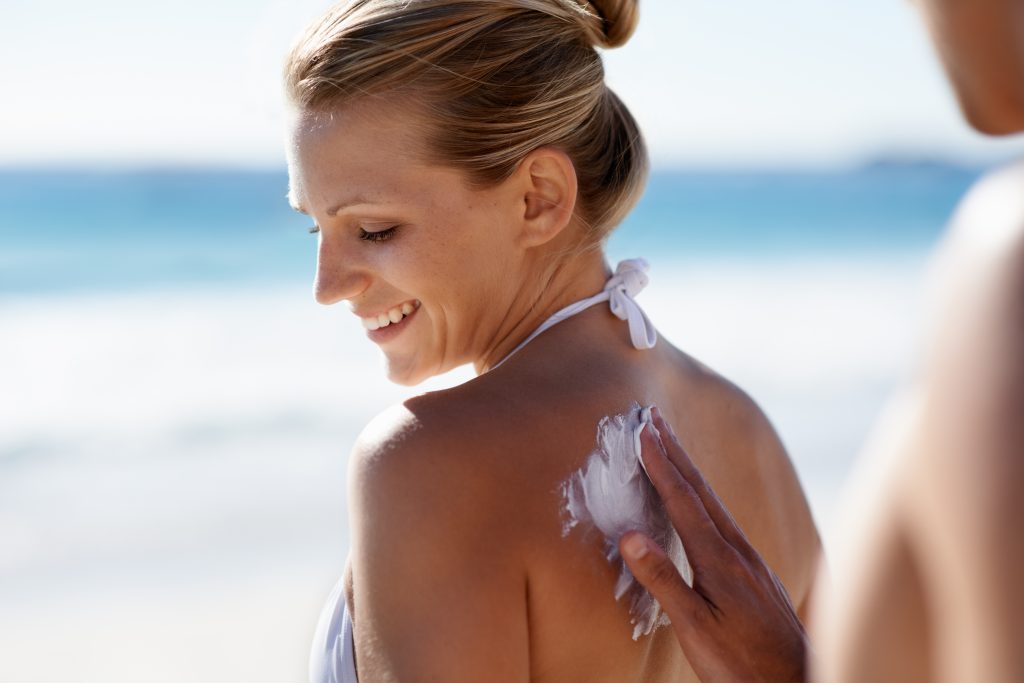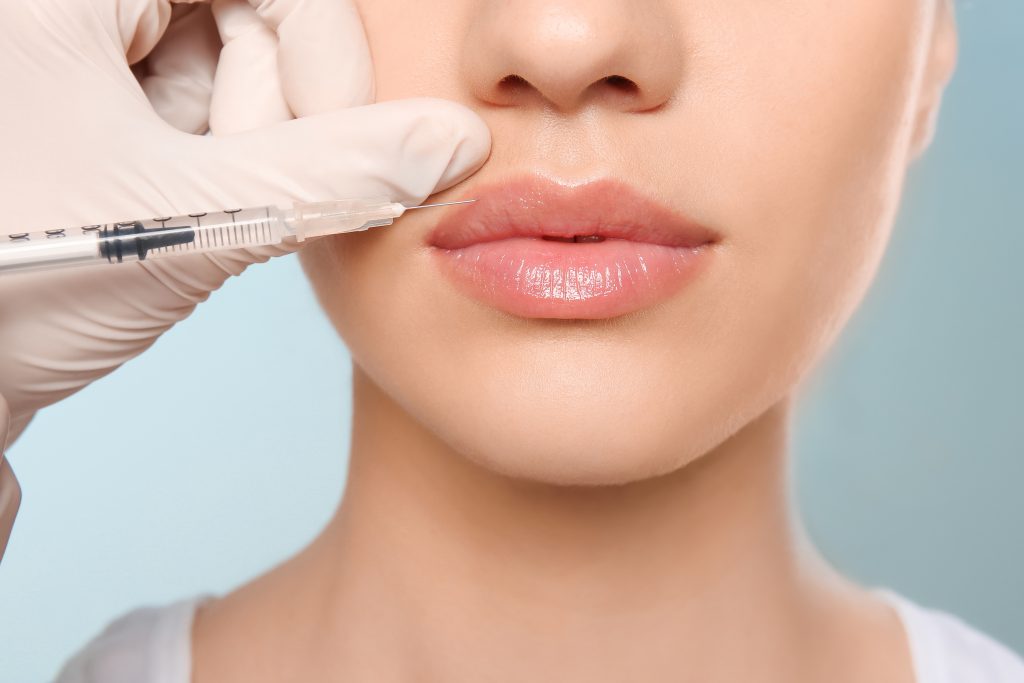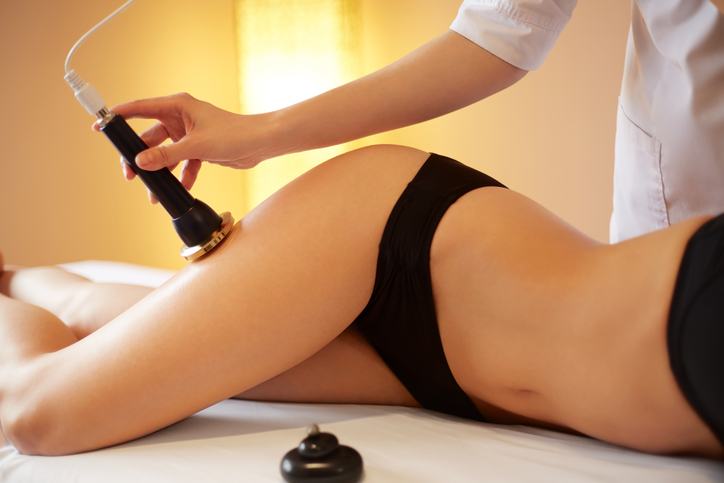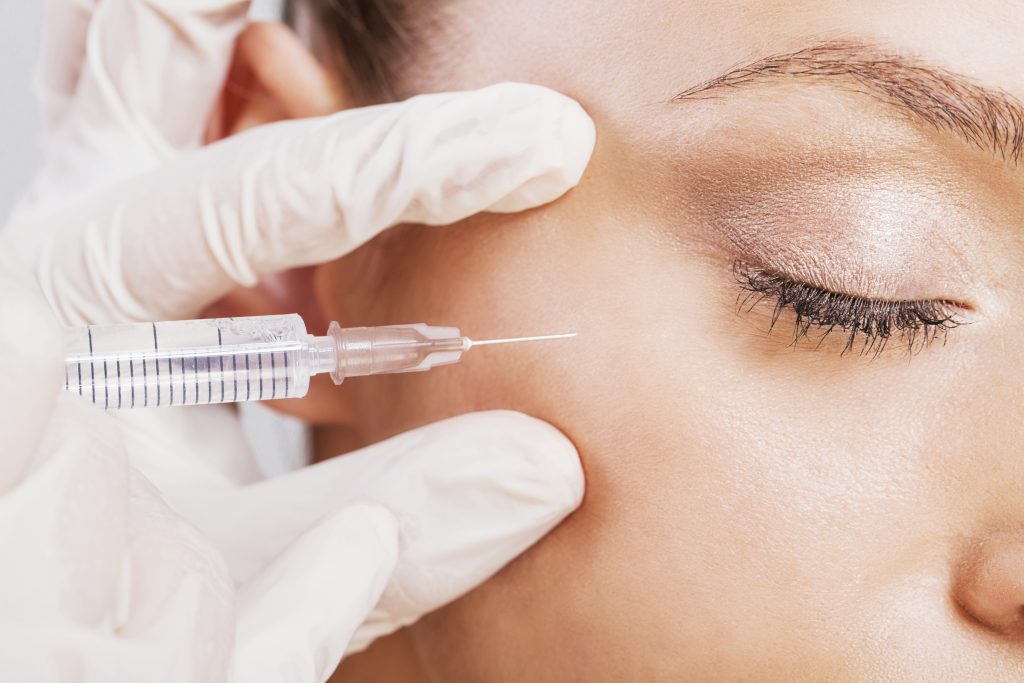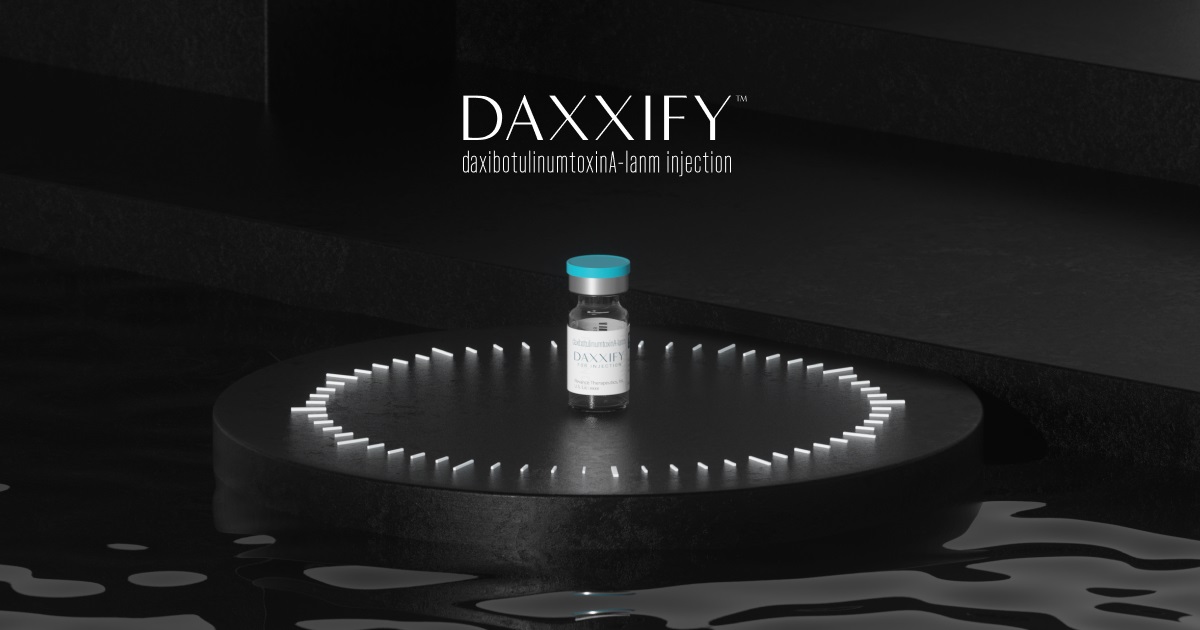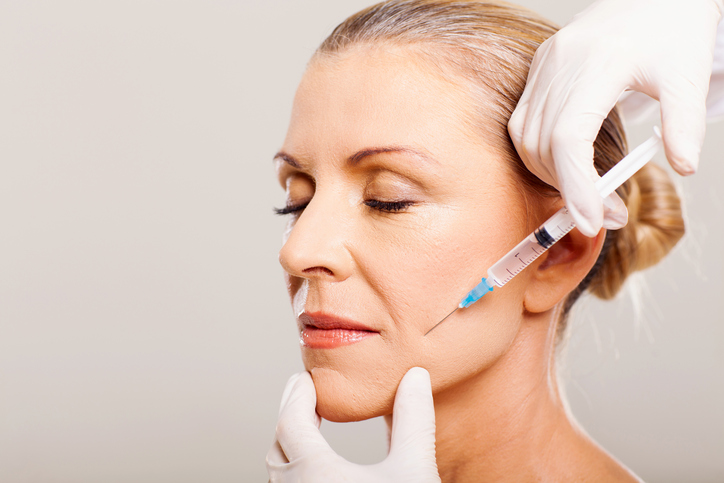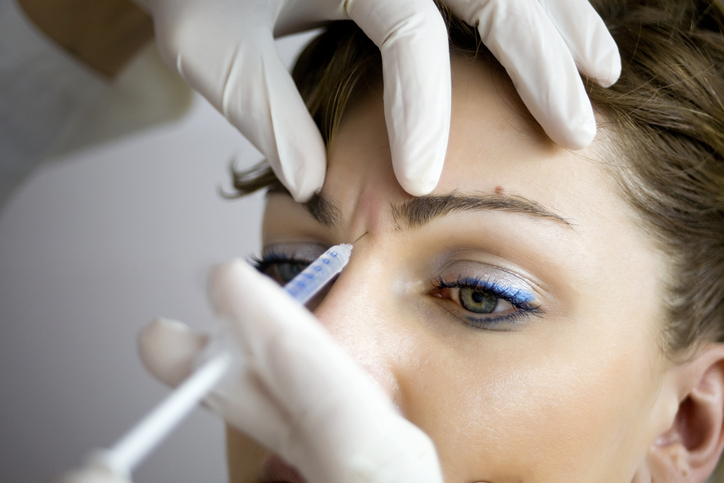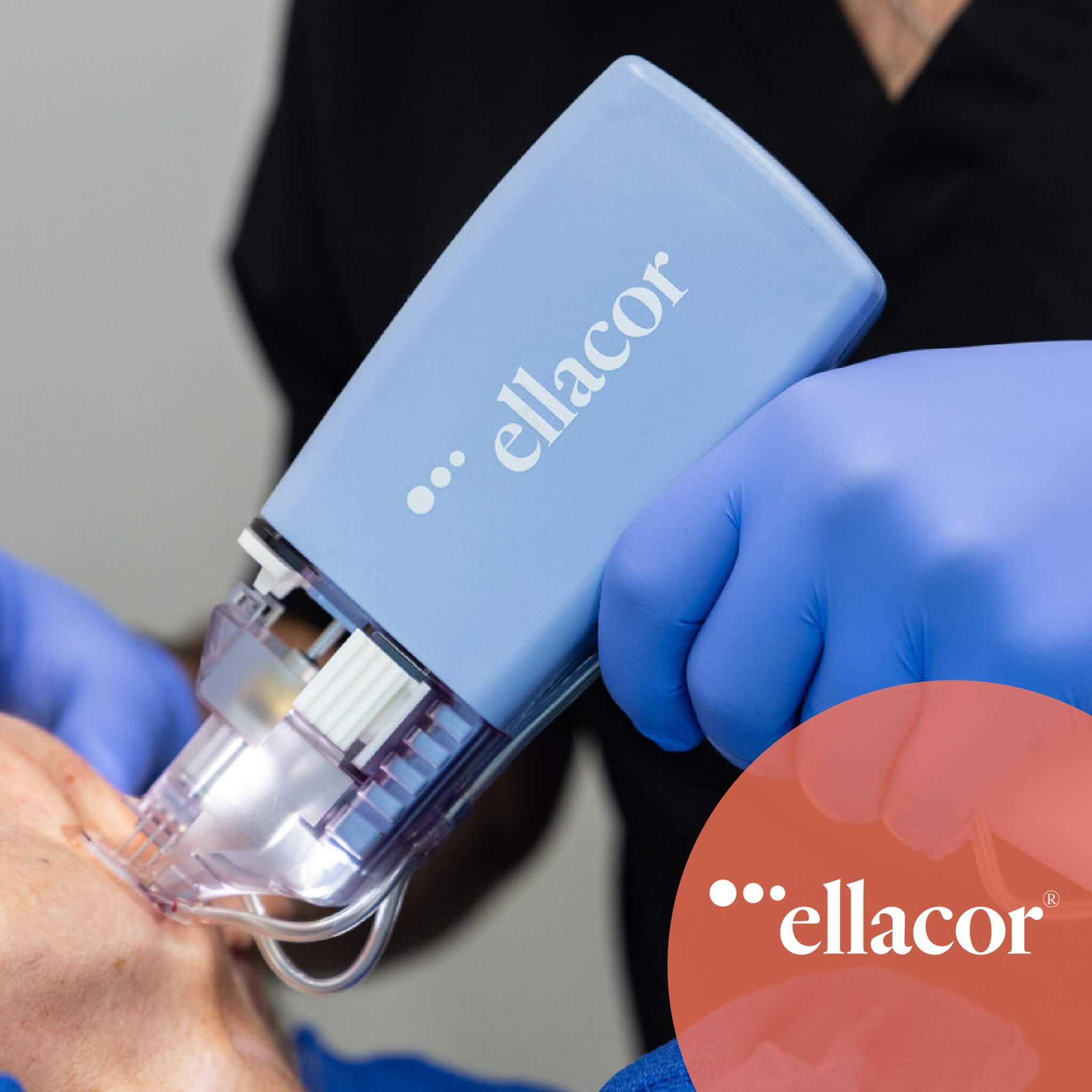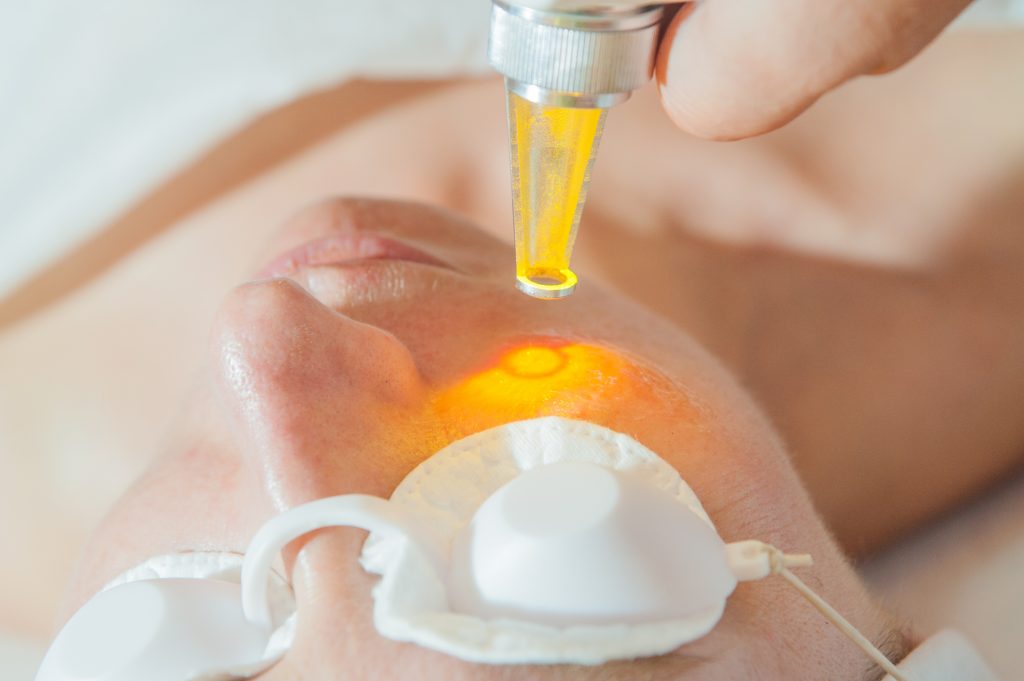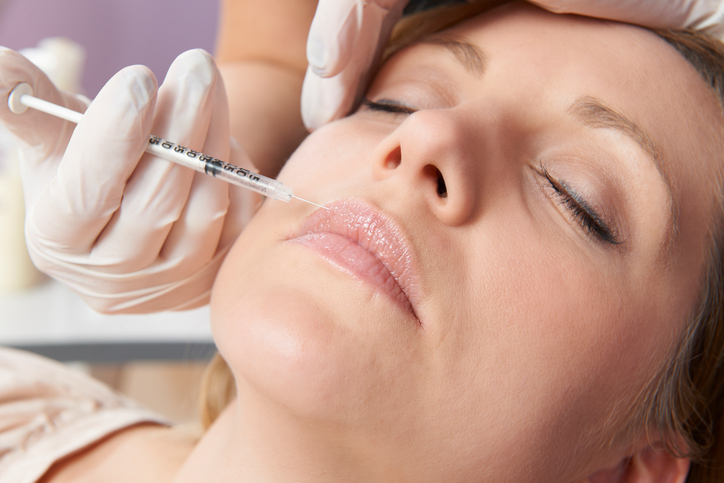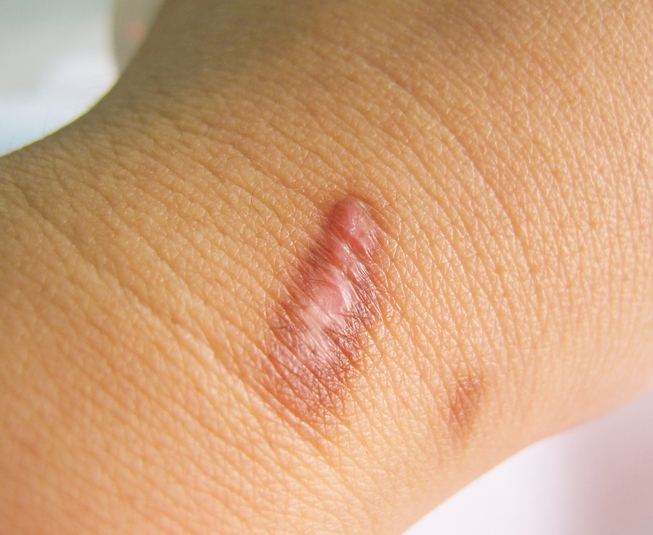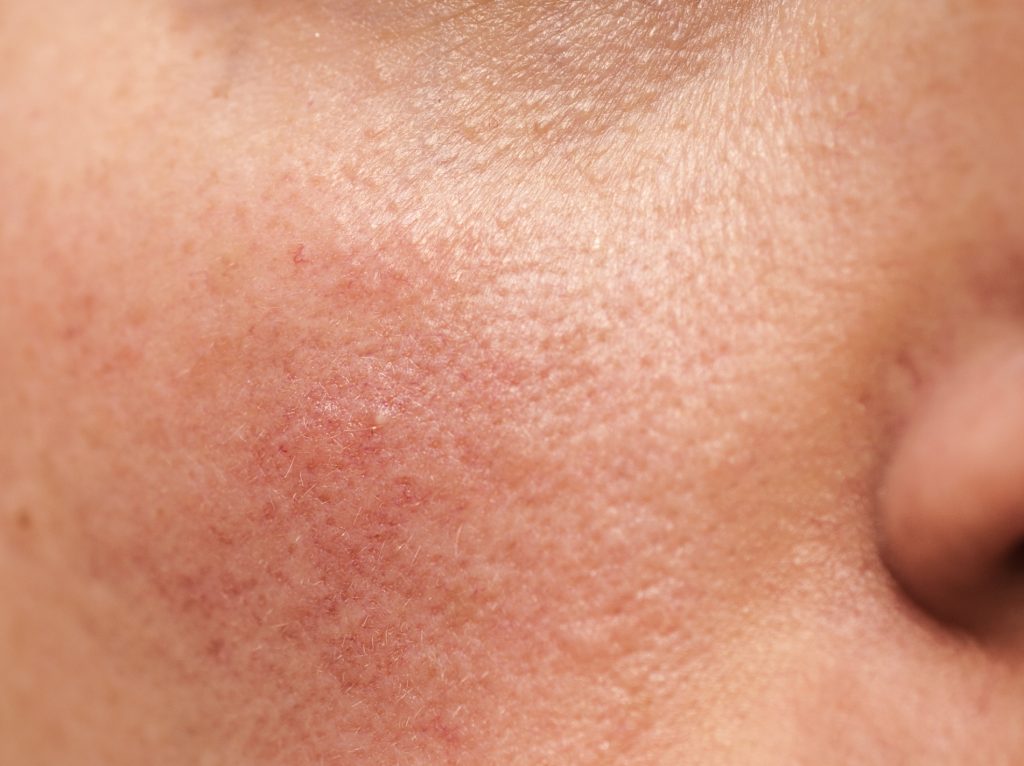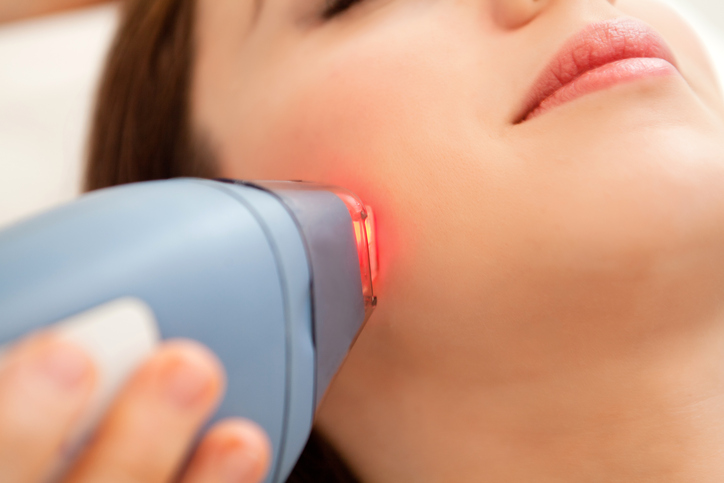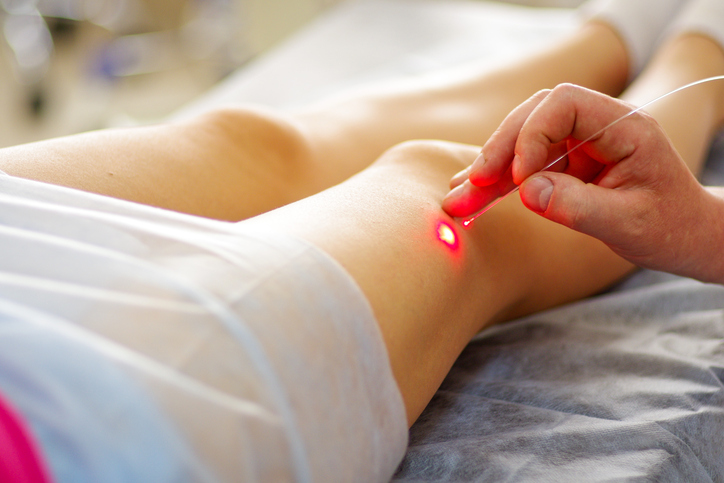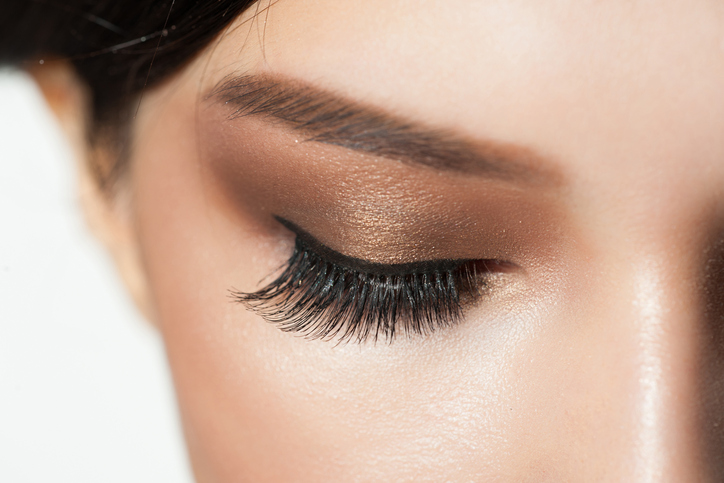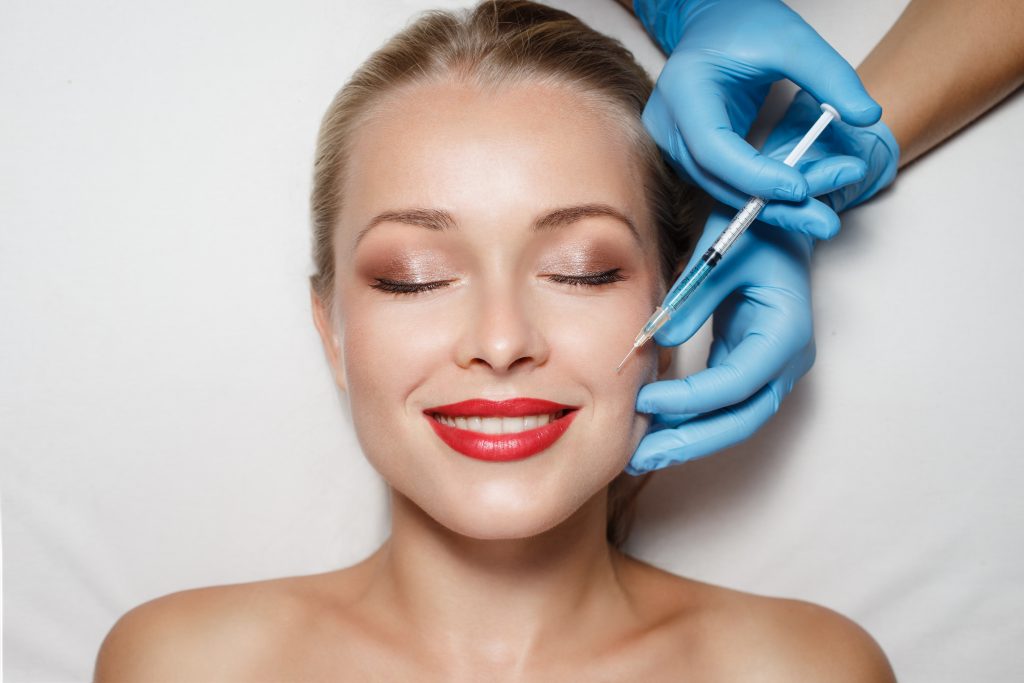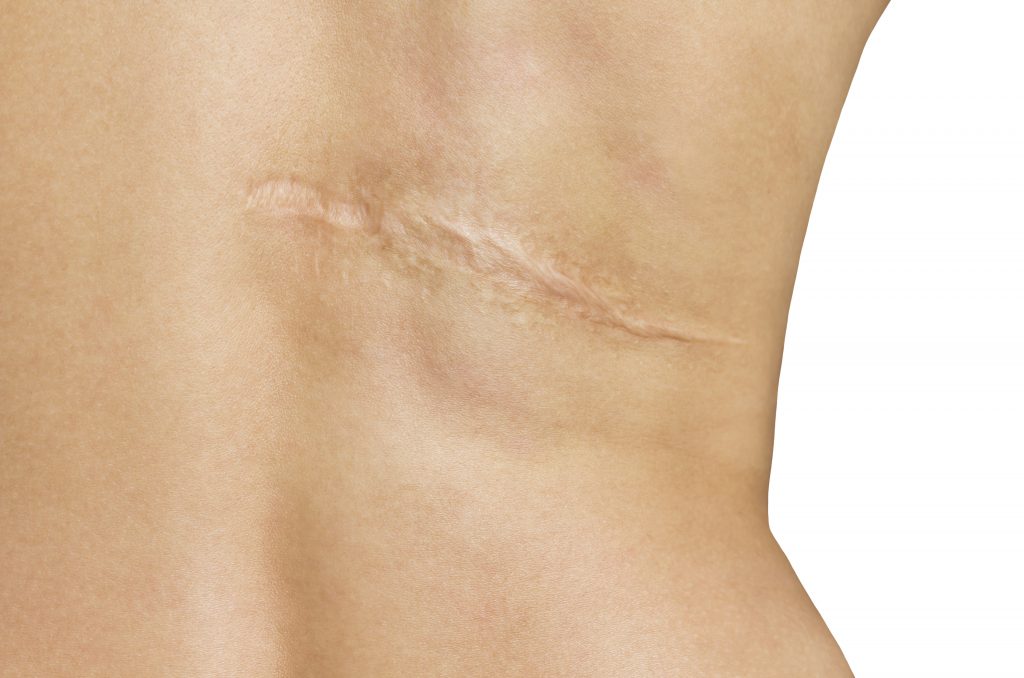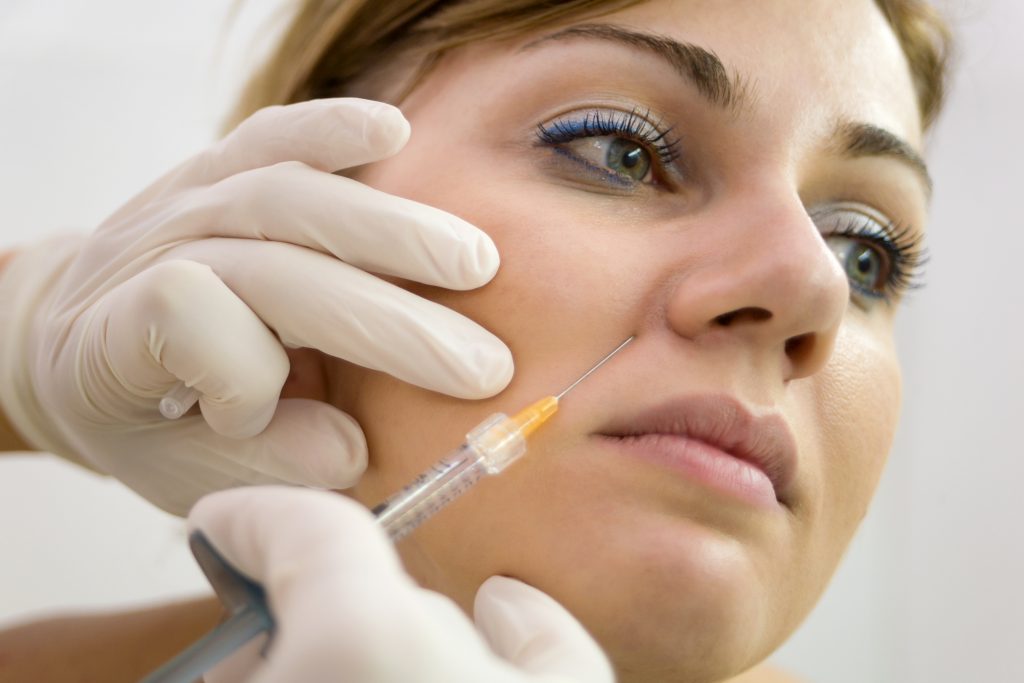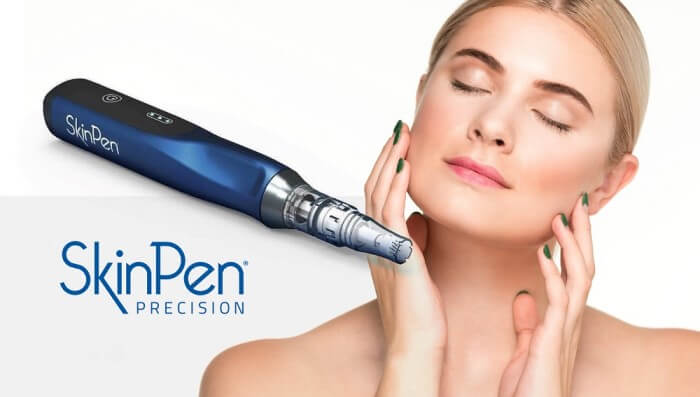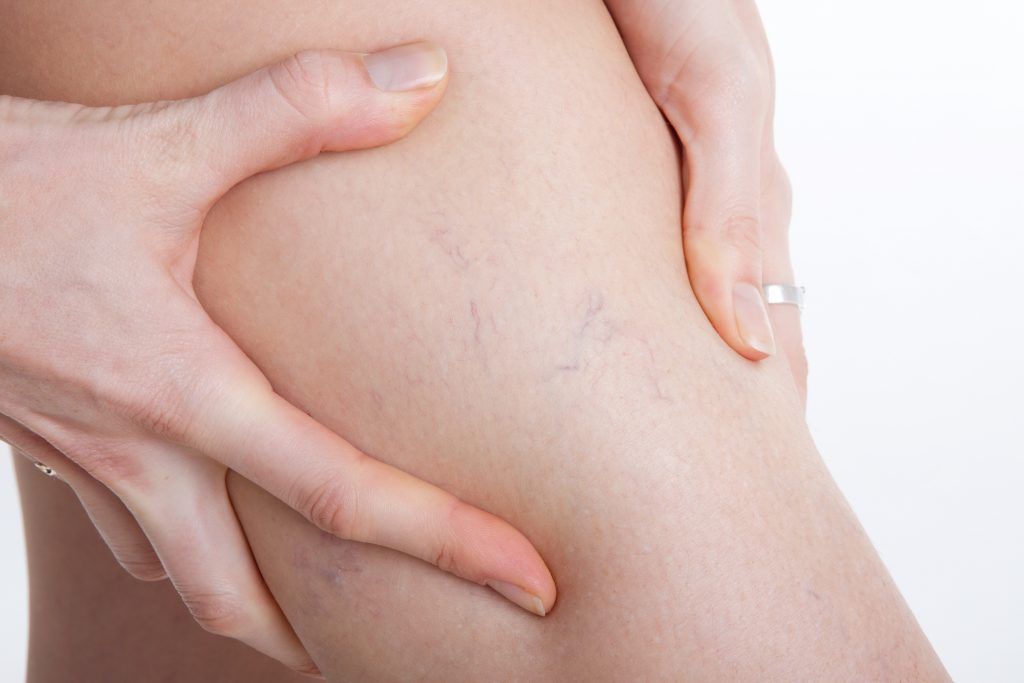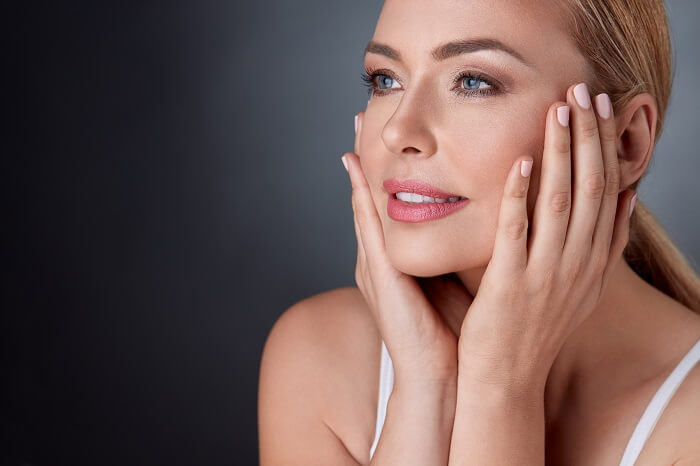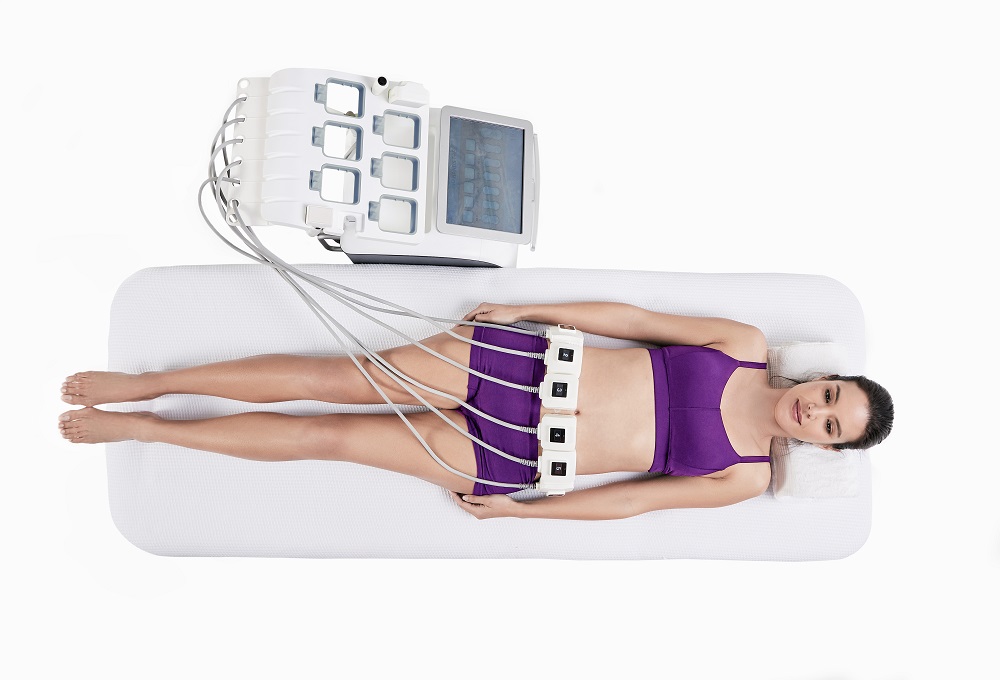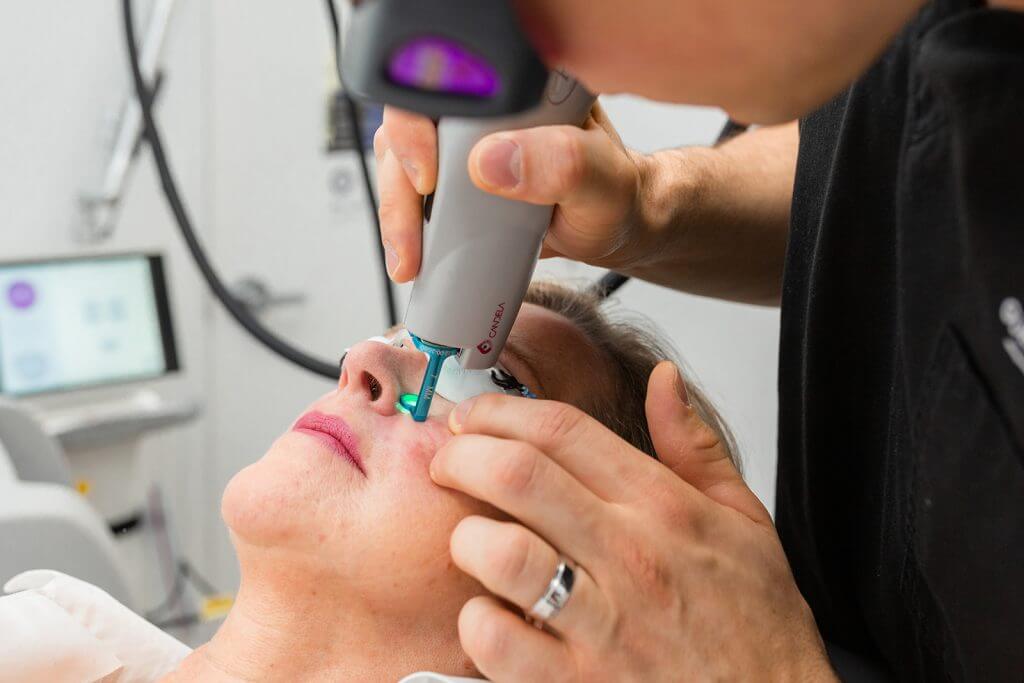Dr. Jennifer Sawaya is a board-certified dermatologist and fellowship-trained cosmetic and laser dermatologic surgeon. She practices full-time at the Center for Aesthetic and Laser Medicine in Scottsdale.
After attaining her undergraduate degree from Northwestern University, Dr. Sawaya obtained her medical degree from the University of Nevada where she was elected to the Alpha Omega Alpha Honor Society and graduated at the top of her class. Her postgraduate training included an internal medicine internship at Harvard Medical School, a dermatology residency at the University of Arizona, and a prestigious cosmetic dermatologic surgery fellowship at Harvard’s Massachusetts General Hospital and the Wellman Center for Photomedicine.
With her advanced training in cosmetic and laser dermatology, Dr. Sawaya specializes in cosmetic injectables and energy-based devices. In addition, she has a particular interest in surgical procedures including excisions and sclerotherapy. When it comes to skincare and beauty, she believes an integrative, holistic approach achieves the best results. She finds the ability to give patients increased confidence in themselves through combining scientific knowledge with artistic procedural skills the most rewarding part of her job.
Dr. Sawaya is an active member of multiple medical societies, has co-authored numerous scientific publications, and frequently lectures at national conferences.
Outside of practicing dermatology, Dr. Sawaya enjoys travel, exercise, cooking, and spending time with her family and friends.
Specialties and Affiliations
- American Board of Dermatology, Diplomat
- American Academy of Dermatology, Fellow
- Women’s Dermatologic Society, Fellow
- American Society for Laser Medicine and Surgery, Fellow
- American Society for Dermatologic Surgery, Fellow
Featured Articles
- 10 Serums Derms Swear By for Aging Skin in 2024
- Best Lotions for Crepey Skin
- Best Toners of 2024 for Every Skin Type
- 6 Benefits of Sweating That'll Make You Extra Thankful for That Post-Workout Glow
- Do At-Home Red Light Masks Really Work?
- 19 Vitamin C Serums for Brighter, Glowier Skin
- Flake Off - The Trick to Do-It-Yourself Exfoliation


